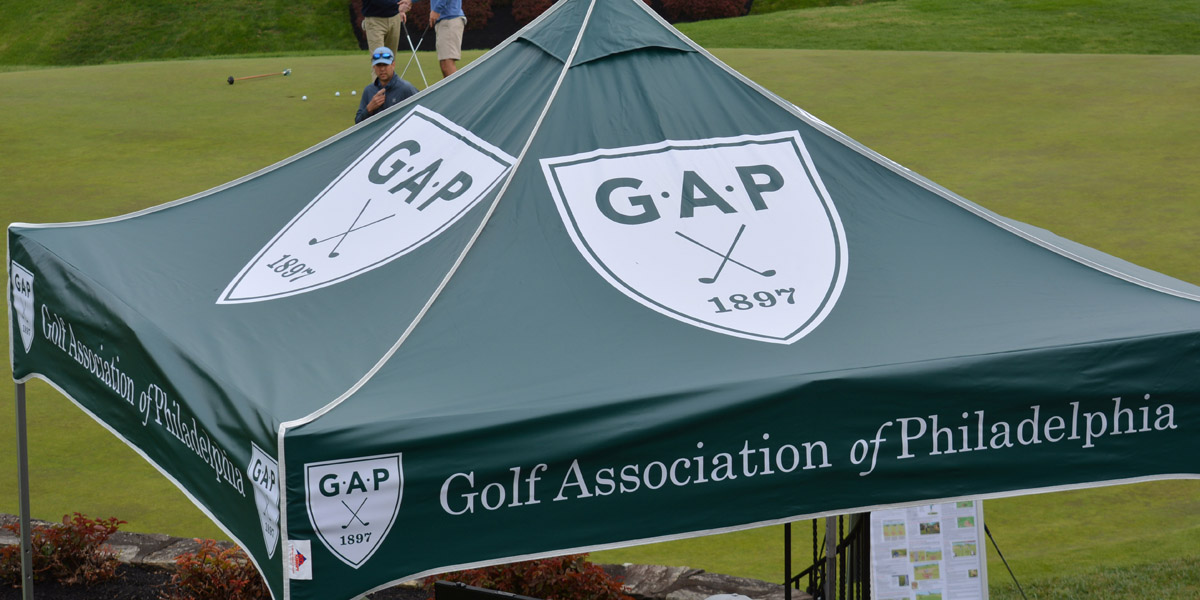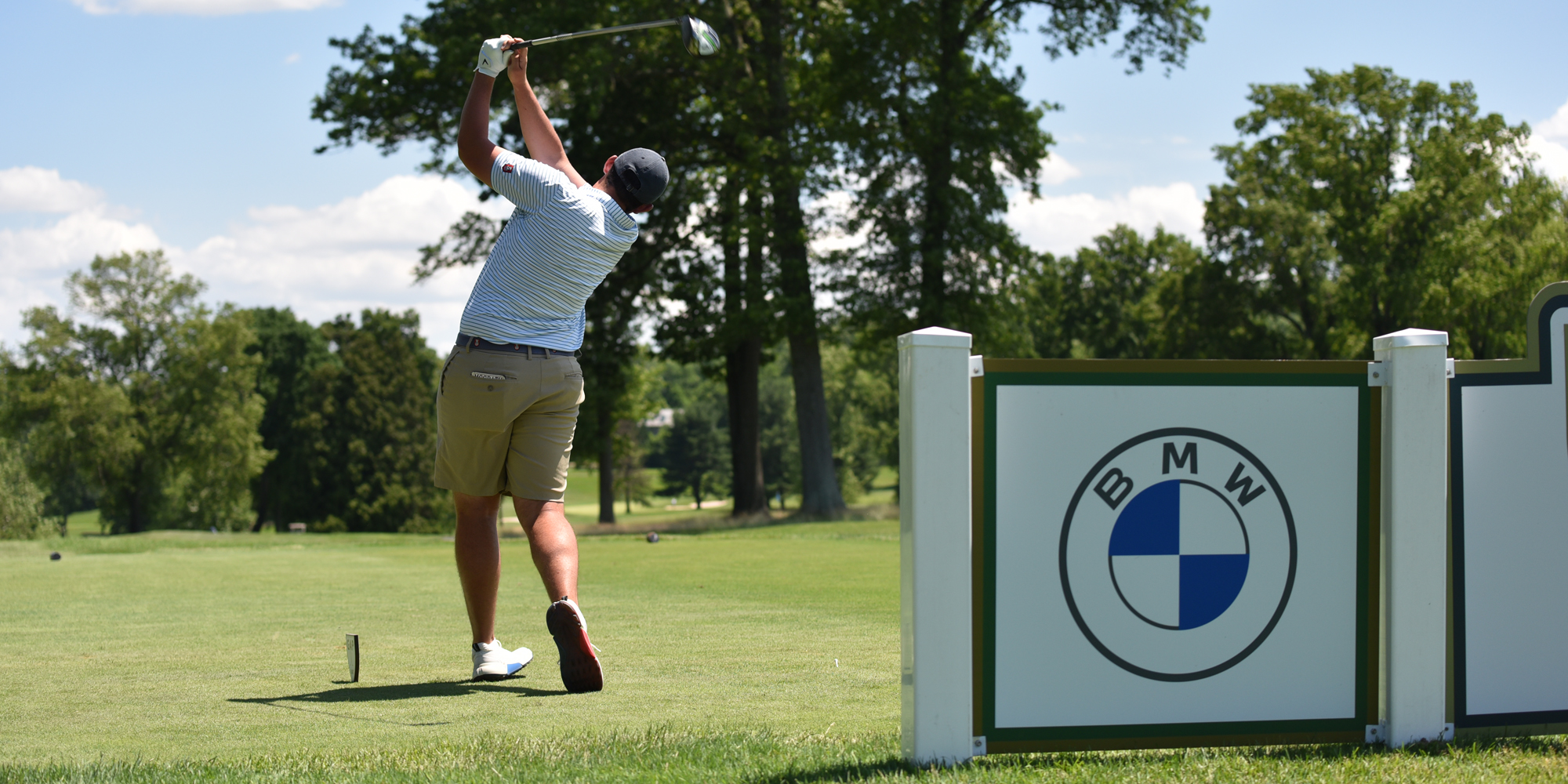| *GAP Fitness Segment #2
GAP Golf Fitness: Set Up for SuccessDavid Ostrow, President and CEO of Body Balance for Performance, Inc., weighs in with tips on posture in this installment of GAP Golf Fitness.
Sit up straight. Pull your shoulders back. Stick out your chest. Bring your head back. This is not your mother speaking. It’s your teaching professional. There is general agreement among teaching professionals that most, if not all, of a golfer’s inconsistent swing motions are in some way caused by incorrect posture at address. Poor set-up posture also contributes to physical stress. The most common mistake is bending from the wrong place. Most golfers tend to bend from their waist and/or mid-back rather than from their hips. This interferes with a safe and consistently effective golf swing in three primary ways:
When a golfer bends too much from the mid-back (thoracic spine) at address, the center of gravity moves excessively to the heels. The initial positioning greatly affects both static balance during the address position as well as dynamic balance throughout the entire swing. The golfer must make compensations or adjustments wherever possible to maintain balance during the swing. This challenges the out-of-balance golfer’s ability to consistently move his hands and club in the proper swing plane. Also, the lack of rotational ability in the spine forces an excessive amount of leg and hip turn during the backswing. This often leads to a reverse pivot on the backswing and a lateral sliding motion during the downswing. It’s one thing to know what the proper posture at address is; but a totally different thing to be able to achieve a spine angle that is straight with an appropriate amount of bend from the hips and knees. To correct a postural problem at address, golfers need two essential things. First, they need to understand how to initiate the proper sequence of body motions to achieve ideal setup posture. Second, they must have the necessary combination of flexibility, strength, and control to coordinate their body into the ideal setup position and maintain it swing after swing. Club Behind The Spine Drill Here is a simple drill to get a perfect address position every time. Please consult with your professional instructor, however, before practicing this drill to determine whether this postural technique is consistent with what he believes is right for you.
If you use this club behind the spine method to practice arriving at an ideal address posture, it could not only help your game but it could also help with sound body mechanics in everyday life. Next, try these two helpful posture-building exercises that can help improve your ability to achieve a better posture at address. Remember, however, please consult with your physician before attempting any exercise program, and if you feel any discomfort at any time while performing either exercise, consult your physician before continuing.
If you have any questions about golf injuries, posture, or other physical performance factors related to golf, please feel free to contact Body Balance for Performance at 610.940.3835 or visit www.fitgolf.com.
Ostrow is also the co-author of the book The Body and the Golf Swing and has written countless articles on golf fitness through out the years. Founded in 1897, the Golf Association of Philadelphia (GAP) is the oldest regional golf association in the United States and serves as the principal ruling body of amateur golf in its region. Its 135 Member Clubs and 60,000 individual members are spread across parts of Pennsylvania, New Jersey, Delaware and Maryland. The purpose of the Association is simple: To promote, protect and preserve the game of golf in the region.
|
About
Founded in 1897, GAP continues to champion golf for the benefit of the game in its region and beyond.
About HomeA Walk Through Time
GAP is the oldest state or regional golf association in the country. It started courtesy of a friendly competition – the Team Matches – and has grown into the preeminent golf association in the country. Along the way, golf history has been made.





